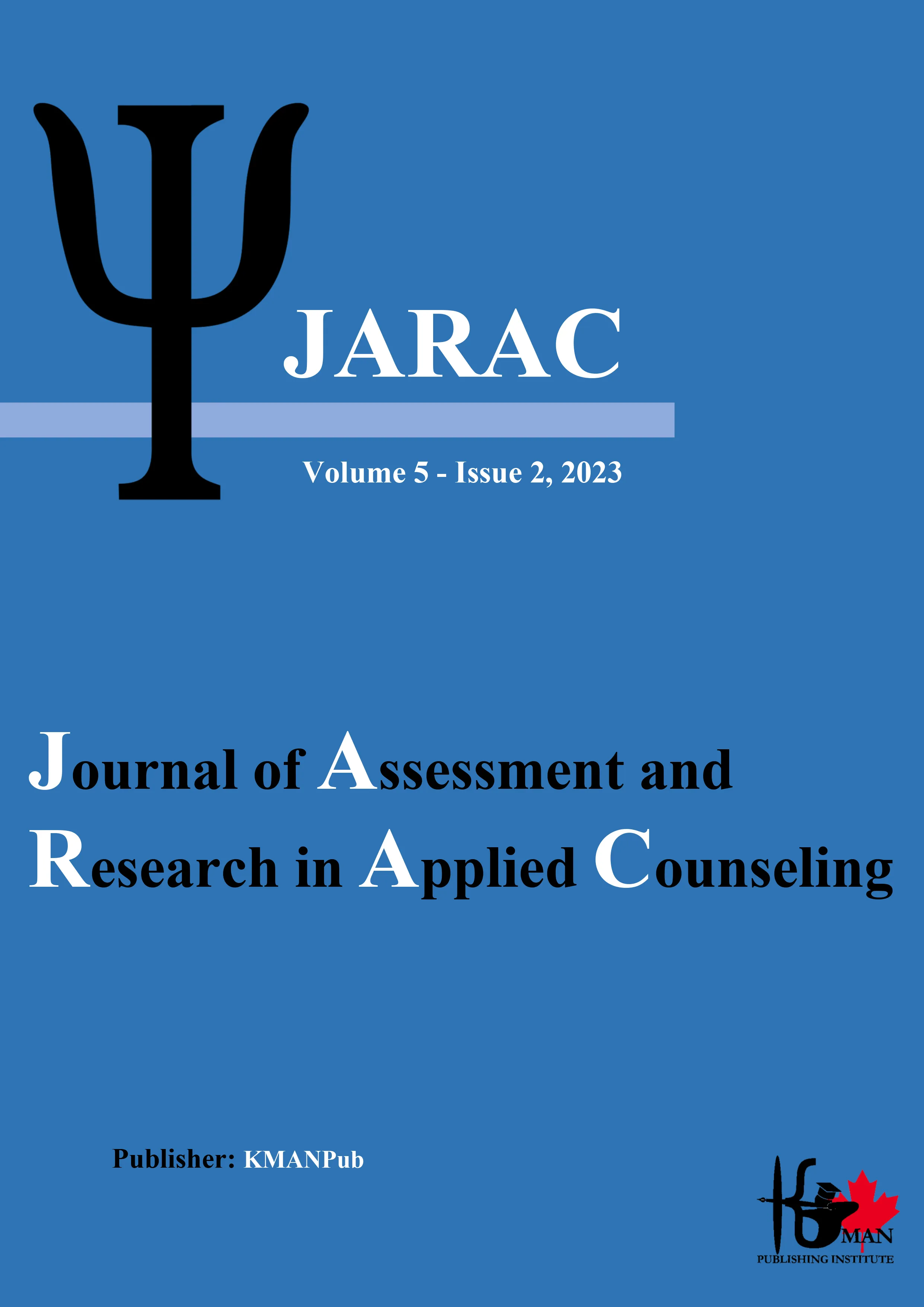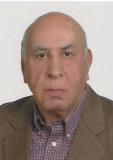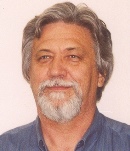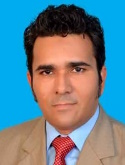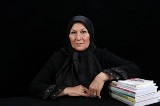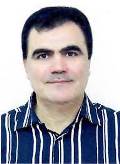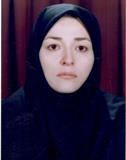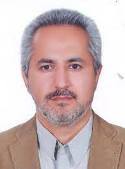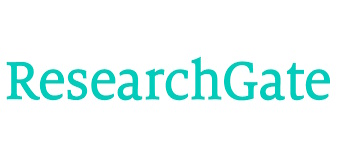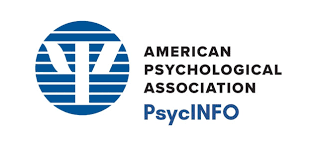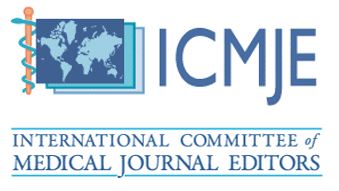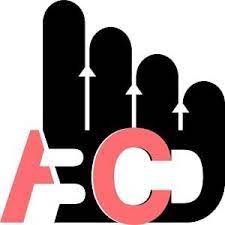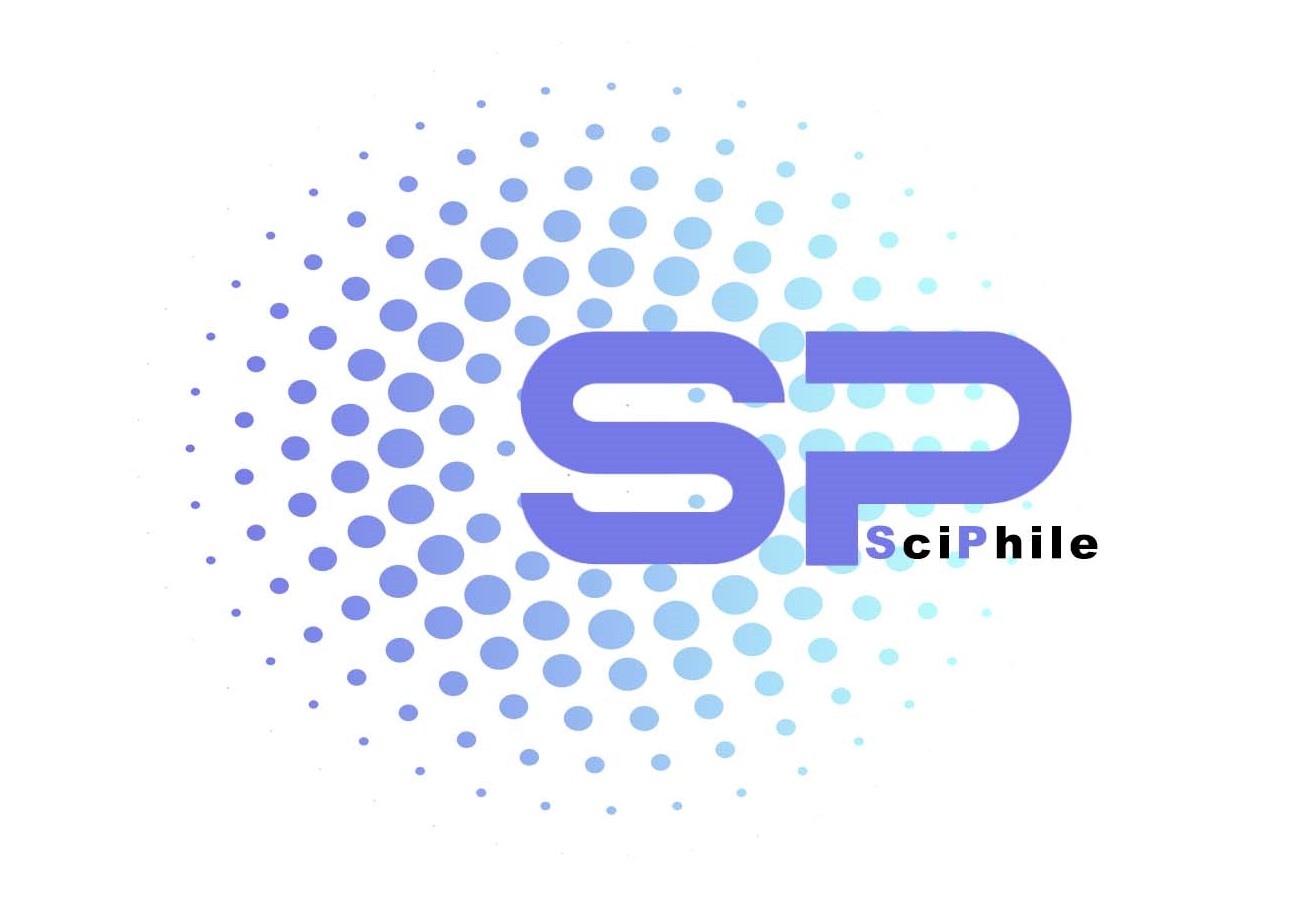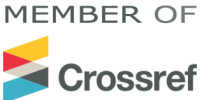The Effect of Transcranial Direct Current Stimulation (tDCS) on the Balance of Children with Autism Spectrum Disorder: A Randomized Controlled Trial
Keywords:
Autism, static and dynamic balance, transcranial direct current stimulation, center of pressure pathAbstract
Objective: The aim of the present study was to investigate the effect of transcranial direct current stimulation (tDCS) on the static and dynamic balance of children with autism.
Methods and Materials: This quasi-experimental study used a purposive and convenience sampling method to select 30 male children with autism from the city of Ardabil, aged between 5 and 12 years. After selection, the participants were randomly assigned to either the experimental group (tDCS) or the control group. Dynamic balance (during walking and based on center of pressure fluctuations) and static balance (based on center of pressure fluctuations) were assessed using the Bertec force plate, with the center of pressure displacements measured in the mediolateral (ML) and anteroposterior (AP) directions. The data were filtered using a 20 Hz low-pass Butterworth filter. The tDCS intervention was applied with an intensity of 2 milliamps to the left primary motor cortex for 5 weeks, with 15 sessions of 20 minutes each, using a two-channel TDCS device, Medinataab, made in Iran.
Findings: The results of a two-way repeated measures analysis of variance showed significant differences in both static and dynamic balance between the experimental and control groups in terms of the center of pressure path direction along the anteroposterior and mediolateral axes. The experimental group, with a lower mean oscillation of the center of pressure path, demonstrated better balance.
Conclusion: Based on the obtained results, it can be concluded that transcranial direct current stimulation (tDCS) has the potential to significantly improve both static and dynamic balance in children with autism.
Downloads
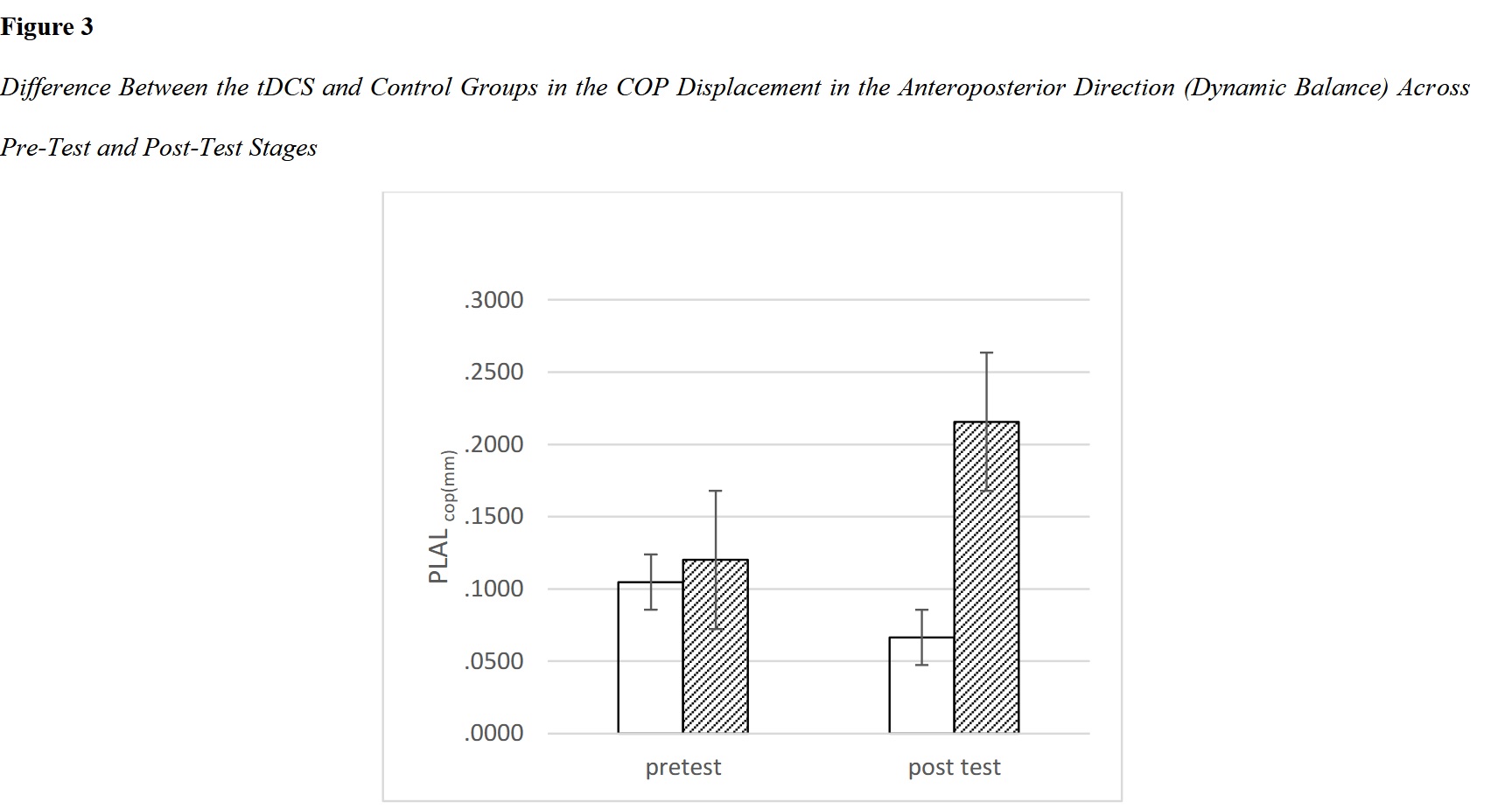
Downloads
Additional Files
Published
Submitted
Revised
Accepted
Issue
Section
License
Copyright (c) 2025 Farnaz Torabi (Corresponding Author); Hasan Sepehri Bonab , Farshad Sharifi (Author)

This work is licensed under a Creative Commons Attribution-NonCommercial 4.0 International License.





